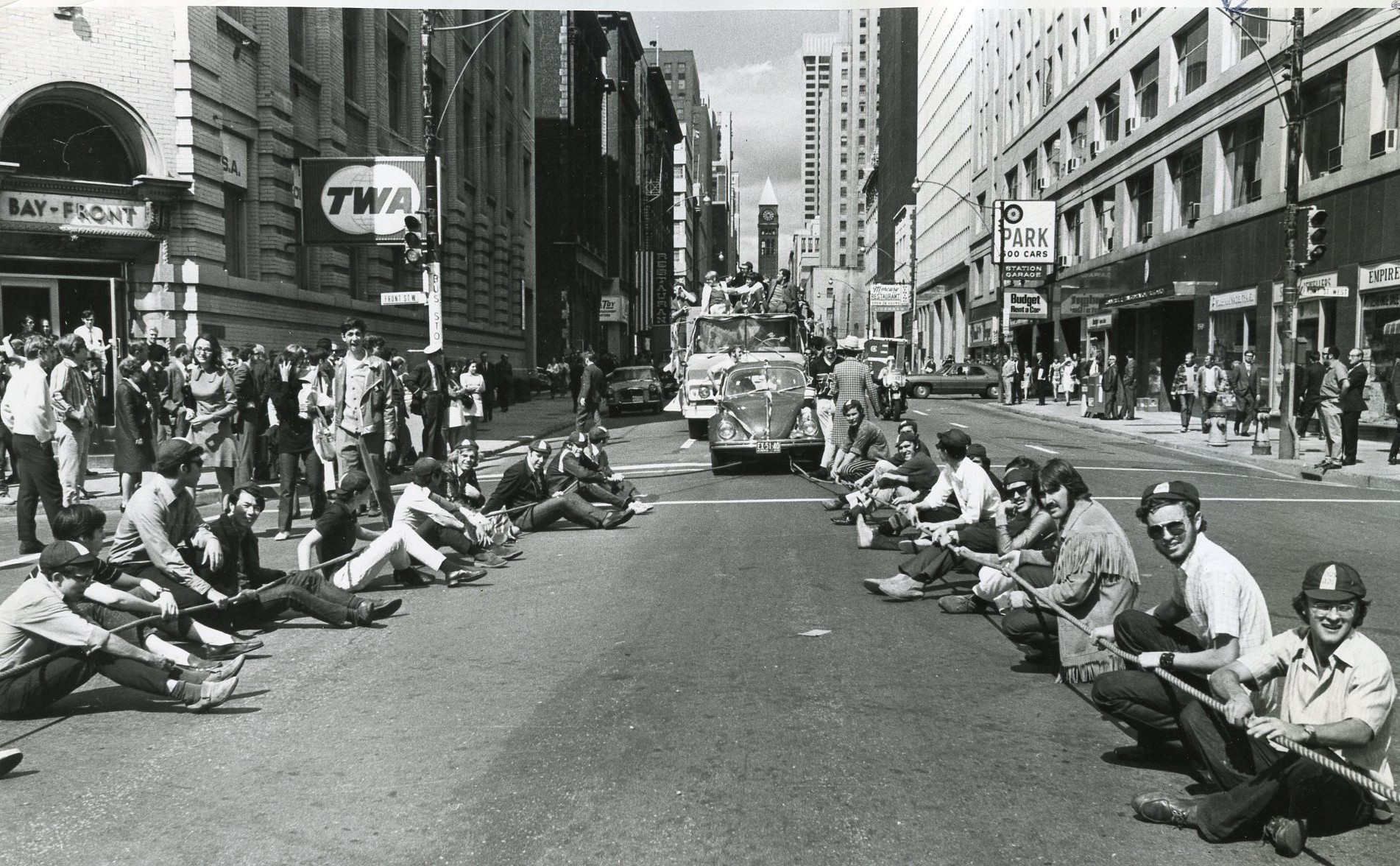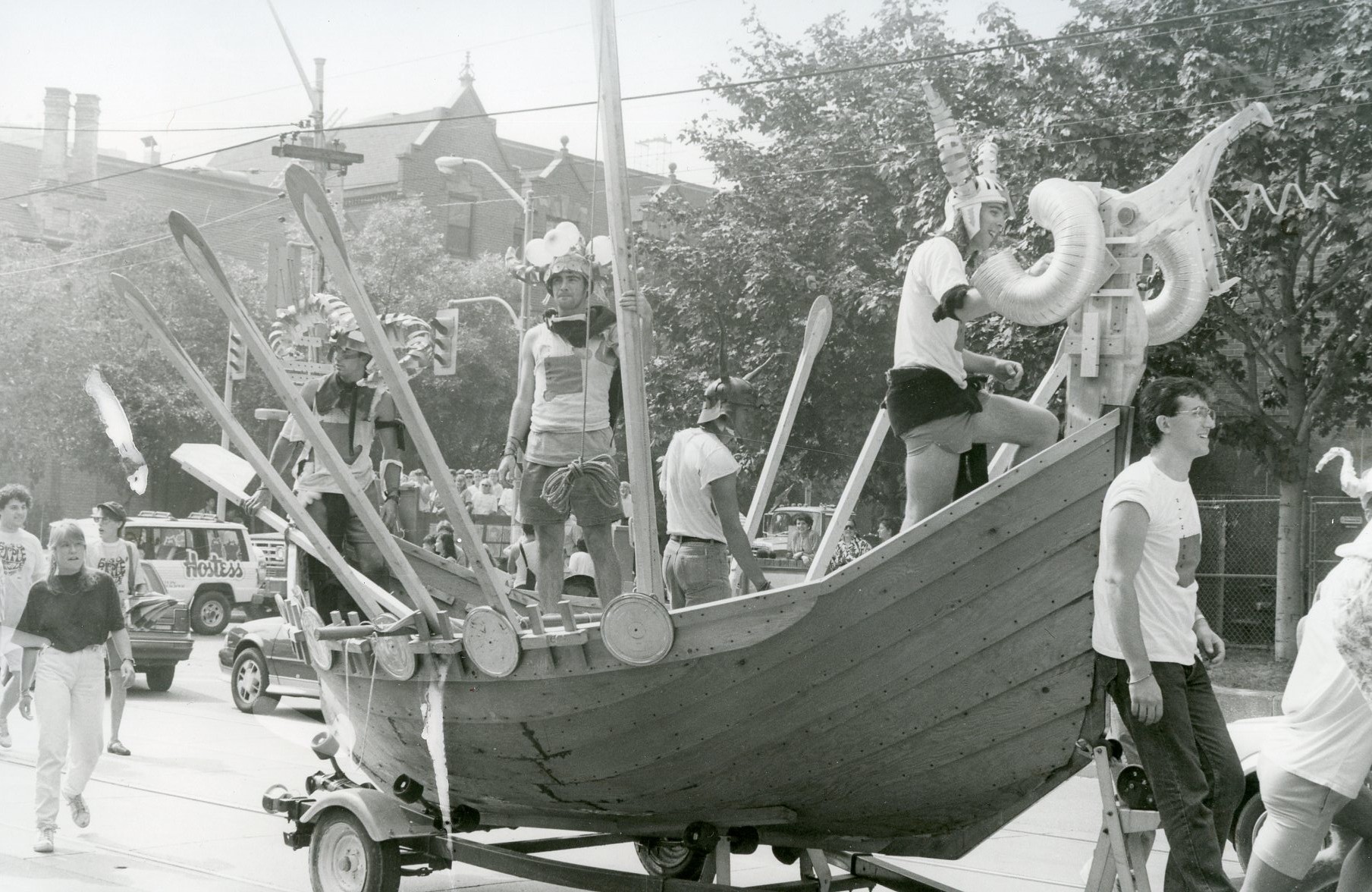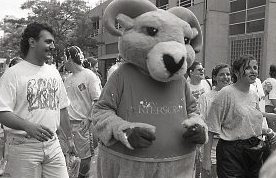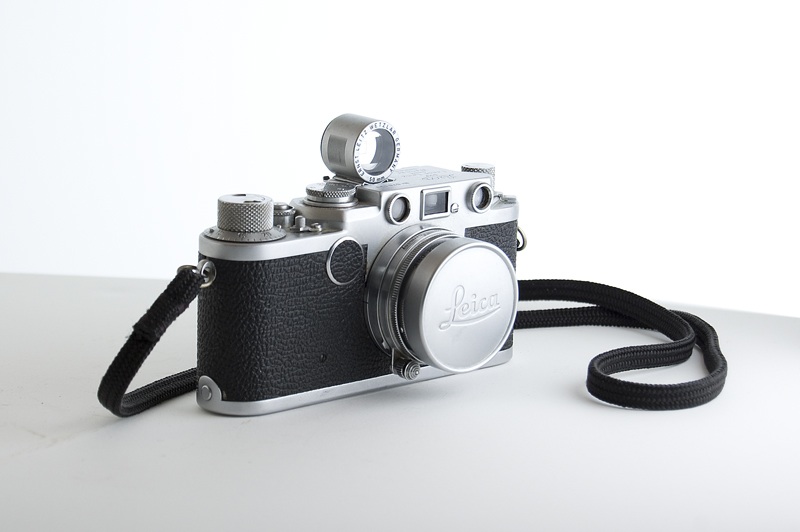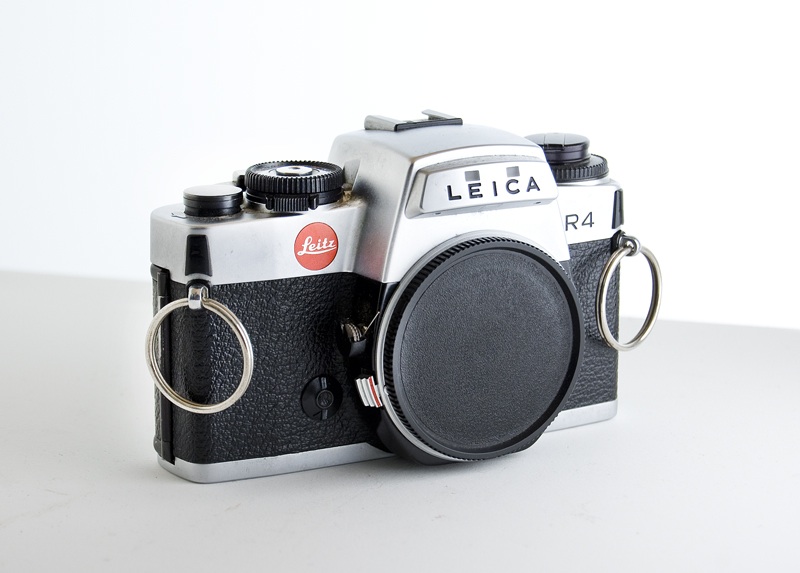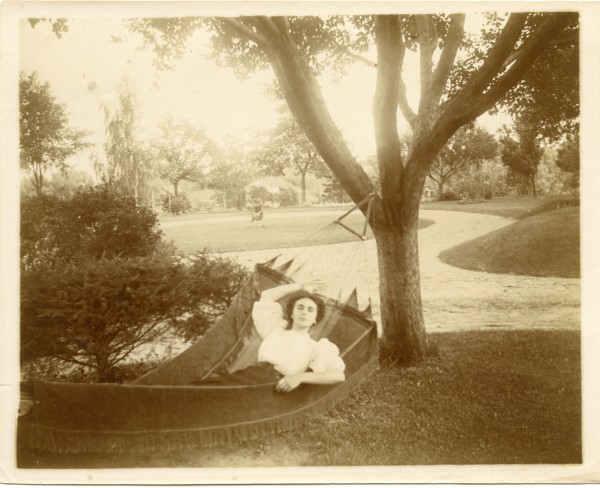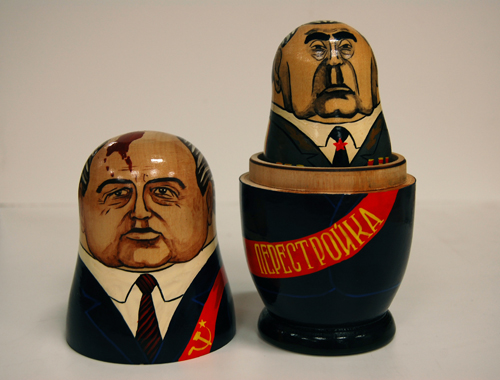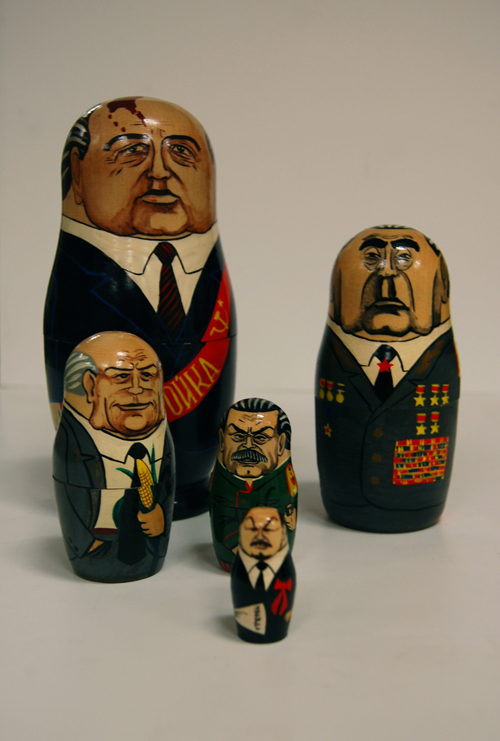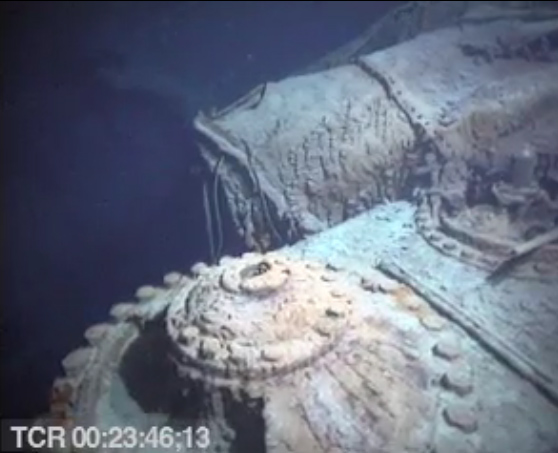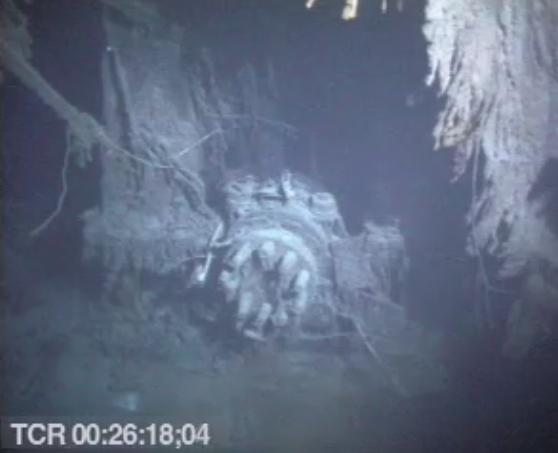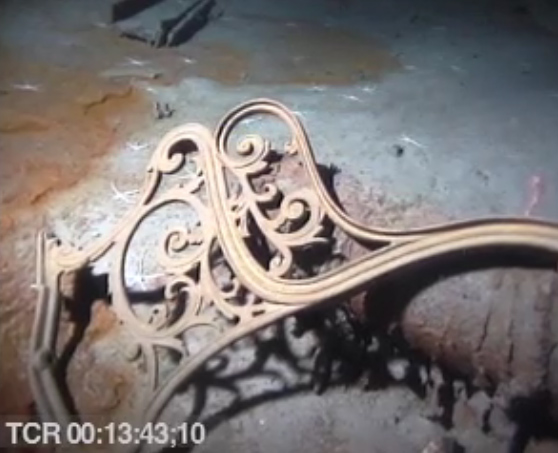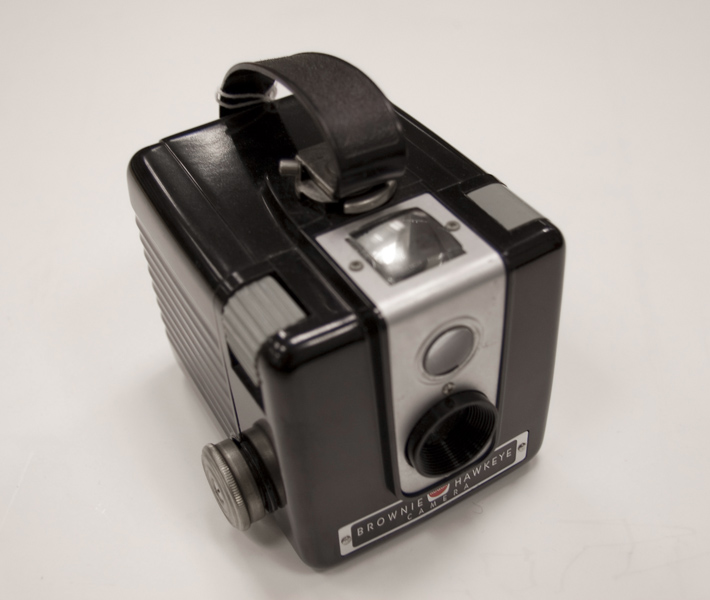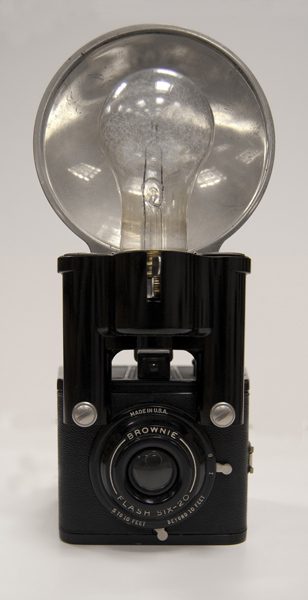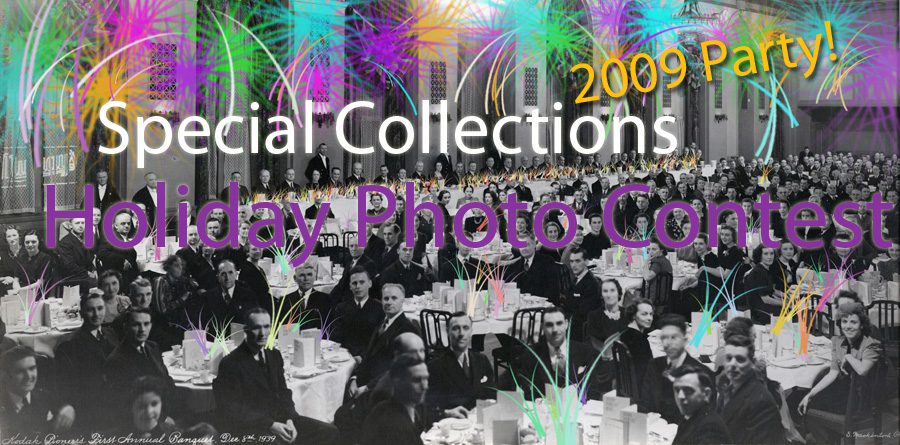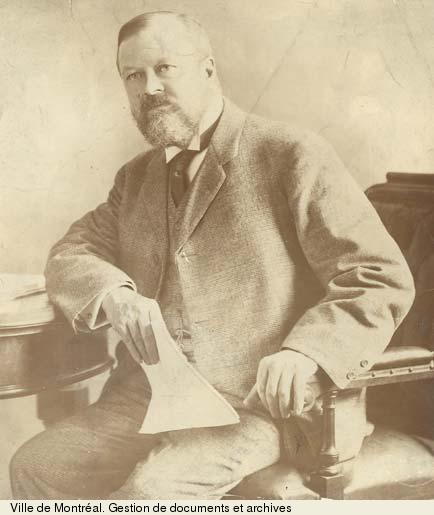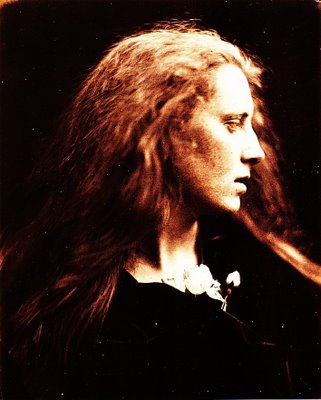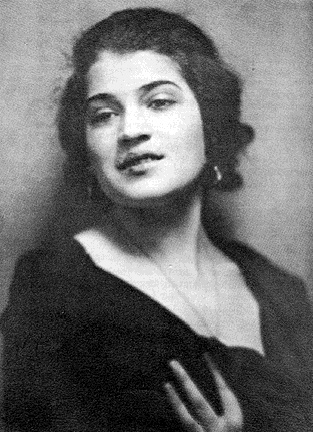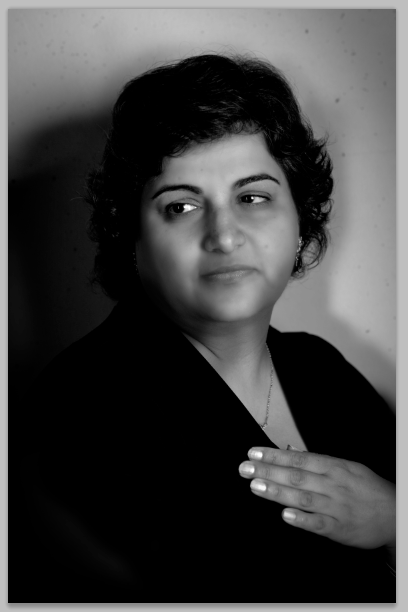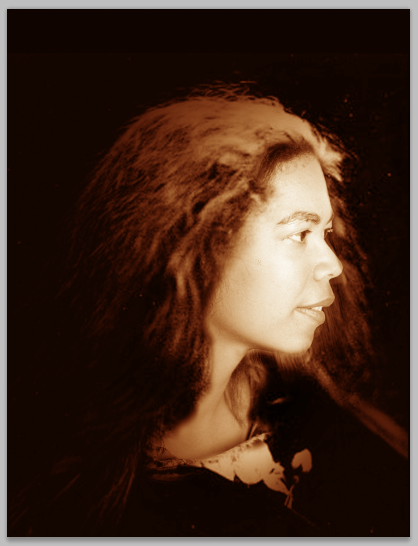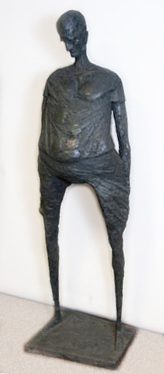
Peter. It’s his name. An interesting fellow, don’t you think?
“The Dream That Fagged Out” is Peter’s official title. The word fagged in its historical usage means completely exhausted, and there certainly seems to be a weight on Peter’s shoulders. “The work is so successful in its depiction of human despair and misery that no one at Ryerson has been able to keep it for long.” [The Lectern, October 1975, Works of Art docfl.]
He was created by artist Julius Damasdy, (1937/38 – ) in the mid 1960s and was donated to Ryerson in 1967 by a founding member of the Board of Governors, Franc Joubin, who acquired him at an art show of the Ontario Society of Artists at the Toronto Art Gallery (now AGO). Mr. Joubin stated he would purchase whatever statue won in its class at the art show. As it turned out it was Peter who won and who became part of the university’s art collection.
He resided in the reception area of President Fred Jorgenson’s office (in Kerr Hall South). After two years of dismally greeting staff and visitors alike, Peter was moved to where he could cheer up the students. What better place than the Library (located, then, in the former Business Building, now the Victoria Building).
General feelings were:
- “[I] couldn’t stand the sight of Peter staring at [me] every day.” – 1969, executive staff
- “I can’t stand him staring at my face whenever I come out of the elevator.” – 1969 library staff
When the Library moved to its current location in the Library Building in 1974, Peter insisted he come along. His new home was in a semi-dark area (they tried to hide him) near the 2nd floor elevators. He later moved to the 6th floor stacks.
Peter got a medical diagnosis in the mid 1970s by a few Ryerson nursing students. They posted their diagnosis from his neck, stating, for example, he suffered from: Malnutrition, Scoliosis, Stove Pipe Legs, Middle Age Spread, Facial Paralysis, and other interesting ailments.
Finally, in an attempt at banishment, Peter was offered to the Archives in the mid 1970s. He was cheerfully accepted and has been in safekeeping there since, still creeping-out researchers and Archives staff.



